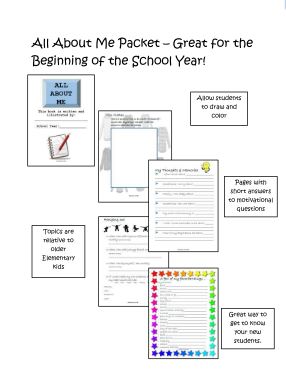What are sight words? When you’re training in education or working as a teacher, there are countless sight words, phrases, or buzzwords to learn and master.
What are sight words? When you’re training in education or working as a teacher, there are countless sight words, phrases, or buzzwords to learn and master.
While it may be easy to research those terms academically, applying them to your classroom is entirely different. One of the terms you are likely to come across in modern teaching is sight words.
Questions we’ll answer: How to teach sight words? How to teach sight words to struggle readers? How many sight words are there? Why are sight words important? How to practice sight words?

Simply put, sight words are distinctive types of words that don’t follow the basic rules you set for students. Sight words don’t adhere to the general spelling rules and don’t fall in line with the tried and true six-syllable types methods. Examples of sight words include:
Many more words fall under the sight word category, but these are some of the most common. Because these words don’t conform to the rules we teach for decoding, sight words must be memorized. This is where the term originates from, as students should be encouraged to recognize a word by sight in less than three seconds, as opposed to through their decoding skills.
Unlike more complex or rule-abiding words, sight words are taught to be known by heart. This ensures there are fewer blips in reading comprehension and reduces the time required to decode complete sentences and paragraphs. This a valuable skill for any young reader.
Regarding the terms we use in everyday teaching, sight and high-frequency words are often used interchangeably. This is because there is a great deal of overlap between the two types of words. However, while many words classified as sight words are also high-frequency, there is a distinctive difference between the two.
As described above, sight words are words that do not adhere to, or fit into, a standard phonetic pattern set. This requires memorization of the word, as decoding methods can lead to incorrect pronunciation or additional time required when reading. The most common words in the English language are sight words, which is why the terms are easily confused.
High-frequency words are, as the name suggests. They are any words of high frequency within writing and may or may not be sight words. Some of the most common or regularly-used words fall entirely into the standard rules for decoding, fitting the right phonetic patterns.
The teaching of high-frequency and sight words in the classroom generally falls into the same category due to their similarities. Each type of word is used consistently throughout the English language, both written and spoken.
Once your students can master the basics of sight words and high-frequency words, the rest falls into place far more efficiently. This allows for better comprehension and faster reading of the subject matter. To learn more about sight and high-frequency words, this blog post by Brian Smith, a kindergarten teacher, offers a more in-depth explanation.
Two of the most common sources for word lists you can use in the classroom are the Fry Sight Words list and the popular Dolch Sight Words list. Each has unique advantages and is tried-and-tested guidelines to learn more about sight words.
Developed in the 1930s and the 1940s, the Dolch Sight Words list was designed by Dr. Edward Dolch as a solution for teaching reading and writing to children of pre-kindergarten age through to third grade. His guidelines were achieved by examining the period’s most commonly used words in children’s books. This resulted in a list containing 200 unique service words and 95 high-frequency nouns.
Dr. Edward Fry developed a slightly more modern approach to the word list in the 1950s, which was further updated in the 1980s. Designed for grades 3-9, the list was intended to work in tandem with the existing Dolch word list once students had graduated from one to the other.
Containing 1,000 of the most common words found in the English language, the Fry words list includes 90 percent of the words used within a typical piece of literature, whether it’s a website, book, or newspaper. The ideal follow-on from the Dolch list, these two sets of words are the perfect starting point for educating your students on sight words and improving their reading abilities.
Teaching sight words can be a practical, engaging and insightful process for students, and over time can provide clarity and improved reading skills for young readers. Many books have been published on sight words, one of the most famous being the Comprehensive Phonics, Spelling, and Word Study Guide from Fountas and Pinnell, which offers valuable information to help teach sight words.
In addition to literature and textbooks, there are also countless resources available that teachers can utilize in the classroom. This includes manipulatives, games, and even flash cards. Word walls are also a high-reward way to teach children of primary age. Tiffani Mugurussa, a well-educated and informed kindergarten teacher, provides greater guidance and insight in her blog post.
Learn how to analyze a poem now.